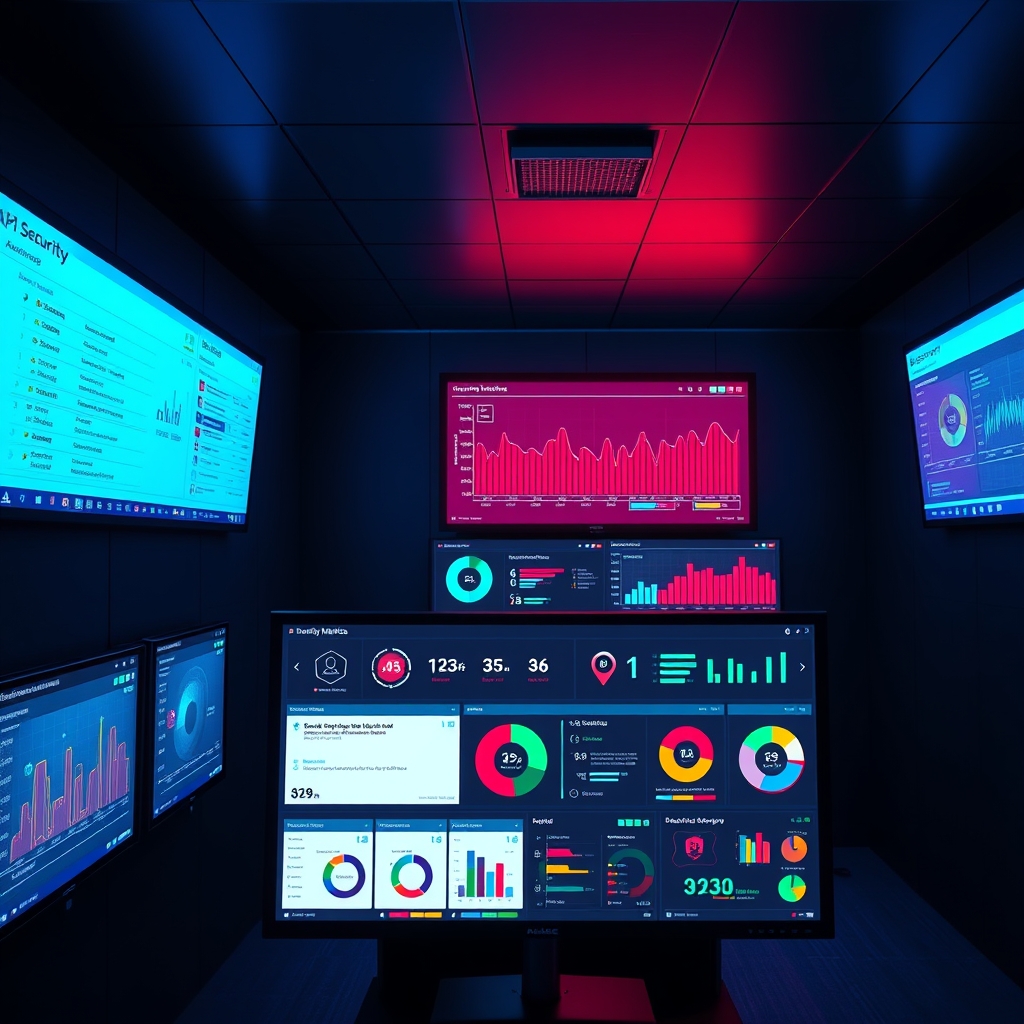Visualizing API Health Status with Health Check Features from a Monitoring Platform

Visualizing API Health Status with Health Check Features from a Monitoring Platform
Understanding Uptime API
The Uptime API is a powerful tool designed for comprehensive monitoring and uptime tracking of APIs, websites, and services. It enables developers and businesses to ensure service availability, track performance metrics, and receive real-time alerts through various notification channels.
With the increasing reliance on APIs for business operations, having a robust monitoring solution is essential. The Uptime API provides a suite of features that allow users to visualize the health status of their APIs effectively.
For more information, visit the Uptime API website.
Key Features of Uptime API
The Uptime API is packed with features that enhance monitoring capabilities. Here are some of the key features:
- Real-time monitoring with 60-second check intervals
- Customizable alert notifications via email, SMS, webhook, and Slack
- Performance metrics including response time, uptime percentage, and error rates
- Historical data and trend analysis
- SSL certificate monitoring and expiration alerts
- Keyword monitoring for content validation
- Multi-location monitoring for global coverage
Monitoring Types
The Uptime API supports various monitoring types, making it versatile for different applications:
- HTTP/HTTPS APIs
- Public APIs
- Private APIs
- Keyword-based monitoring
- Custom status codes
- Response time tracking
Notification Channels
To ensure that users are promptly informed of any issues, the Uptime API offers multiple notification channels:
- SMS
- Webhook
- Slack
Example API Responses
Monitoring Status
Understanding the health status of your API is crucial. Here is an example of a monitoring status response:
{
"success": true,
"data": {
"monitor": {
"id": "mon_123456",
"name": "API Health Check",
"url": "https:\/\/api.example.com\/health",
"status": "up",
"uptime": 99.95,
"response_time": 245,
"last_check": "2024-03-20T10:30:00Z",
"ssl_status": "valid",
"ssl_expiry": "2025-01-15T00:00:00Z"
}
}
}Alert Configuration
Configuring alerts is essential for proactive monitoring. Here’s an example of an alert configuration response:
{
"success": true,
"data": {
"alert": {
"id": "alert_789",
"name": "Downtime Alert",
"type": "email",
"recipients": [
"[email protected]"
],
"conditions": {
"status": "down",
"duration": "5 minutes"
},
"enabled": true
}
}
}Performance Metrics
Performance metrics provide insights into the operational efficiency of your APIs. Here’s an example of a performance metrics response:
{
"success": true,
"data": {
"metrics": {
"uptime_24h": 99.98,
"uptime_7d": 99.95,
"uptime_30d": 99.92,
"avg_response_time": 234,
"max_response_time": 1250,
"min_response_time": 89,
"total_checks": 1440,
"successful_checks": 1439,
"failed_checks": 1
}
}
}Use Cases for Uptime API
The Uptime API is applicable across various industries and use cases. Here are some scenarios where it excels:
- E-commerce platforms: Monitoring payment APIs to ensure transactions are processed smoothly.
- SaaS applications: Ensuring service availability for users and maintaining customer satisfaction.
- Mobile apps: Monitoring backend services to provide uninterrupted user experiences.
- Financial services: Tracking critical APIs that handle sensitive financial data.
- Healthcare systems: Monitoring patient data APIs to ensure compliance and data integrity.
- Gaming platforms: Monitoring real-time services to enhance user engagement.
- IoT applications: Monitoring device connectivity to ensure seamless operation.
Insights Derived from API Monitoring
Utilizing the Uptime API allows businesses to derive valuable insights from their monitoring data. By making frequent API calls, organizations can gather comprehensive data that leads to better decision-making.
For instance, tracking performance metrics over time can reveal trends in response times and uptime percentages. This data can help identify potential bottlenecks or areas for improvement.
Moreover, historical data analysis can assist in forecasting future performance and preparing for peak usage times. By understanding past behavior, businesses can optimize their resources and enhance service delivery.
The Importance of Real-Time Data
Real-time data is crucial for maintaining operational efficiency. The Uptime API’s frequent monitoring capabilities ensure that businesses are always informed about their API health status.
With real-time alerts, organizations can respond quickly to any issues, minimizing downtime and maintaining user trust. This proactive approach is essential in today’s fast-paced digital landscape.
Frequently Asked Questions
What types of APIs can be monitored with Uptime API?
The Uptime API can monitor HTTP/HTTPS APIs, public APIs, private APIs, and even keyword-based monitoring for content validation.
How does Uptime API notify users of issues?
Uptime API provides customizable alert notifications via email, SMS, webhook, and Slack, ensuring users are promptly informed of any issues.
Can I track performance metrics over time?
Yes, Uptime API allows you to track performance metrics such as uptime percentage and response times over various time frames, providing valuable insights into your API's performance.
Is SSL certificate monitoring included?
Absolutely! Uptime API includes SSL certificate monitoring and expiration alerts to help maintain secure connections.
Where can I find more information about Uptime API features?
You can explore the features of Uptime API in detail on the features page.
Conclusion
In conclusion, the Uptime API stands out as a superior choice for visualizing API health status through its comprehensive monitoring features. By leveraging real-time data and performance metrics, businesses can ensure their APIs are always operational, leading to enhanced user satisfaction and trust.
The ability to customize alert notifications and monitor APIs from multiple locations further enhances its value. Organizations can proactively address issues before they impact users, ensuring seamless service delivery.
As businesses continue to rely on APIs for their operations, the importance of robust monitoring solutions like Uptime API cannot be overstated. The insights derived from frequent API calls lead to better decision-making and improved operational efficiency.
Looking ahead, the potential for integrations with other monitoring tools and platforms is vast. As technology evolves, Uptime API is well-positioned to adapt and provide even more comprehensive monitoring solutions.
For those seeking a reliable and feature-rich API monitoring solution, Uptime API is the clear choice. Its capabilities not only meet but exceed the demands of modern businesses, making it an invaluable asset in any monitoring strategy.